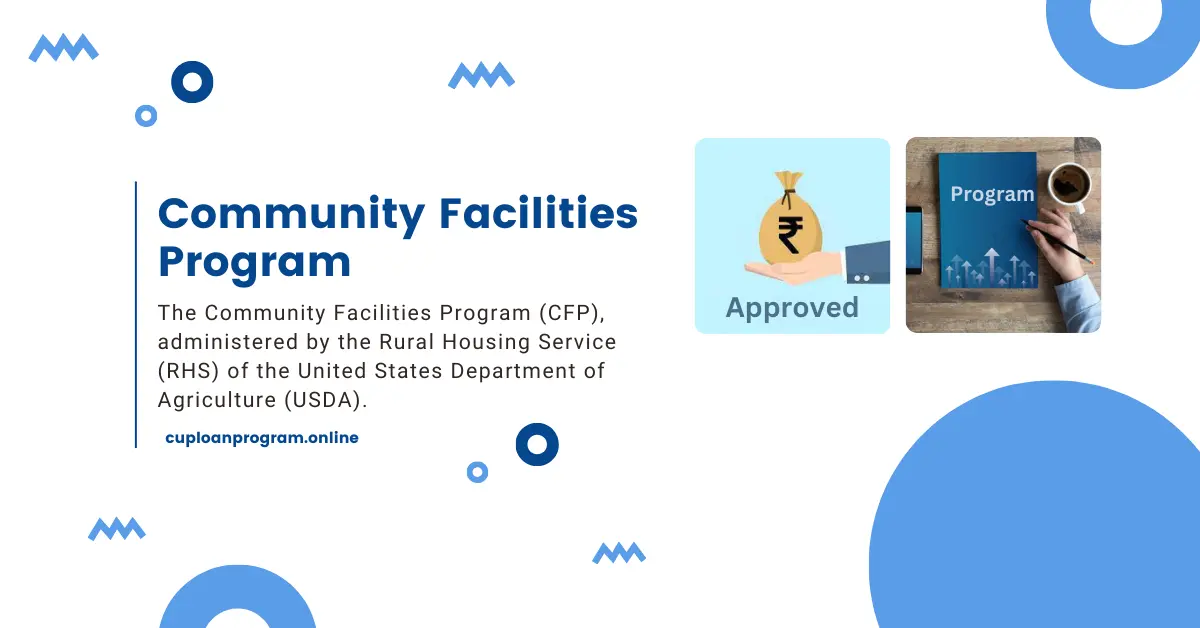What Is the Purpose of This Program?
We lend money to qualified lenders (also known as re-lenders), who then re-lend the money to applicants for necessary Community Facilities Program. Our Community Facilities programs offer loans for necessary infrastructure improvements for communities, enabling individuals living and working in rural areas to have access to the same basic services and quality of life as their urban and metropolitan counterparts.
Who Is Eligible to Apply as a Re-Lender for This Program?
A re-lender needs to prove that:
At least 30% of the loans in its current loan portfolio are given in rural, highly impoverished, or persistently poor areas.
It can offer proof that it can get a financial institution to issue an irreversible letter of credit that will pay principal and interest for the first five years of the loan.
Also, the re-lender needs to prove that it satisfies one of the following requirements:
That it has an Aeris Financial Strength and Performance Rating of 1 or 2 within the last two years, that it obtained an Aeris Financial Strength and Performance Rating of 1 or 2 before any funds were advanced, or that it has been demonstrated to be a financially sound institution as determined by our risk assessment. It must also be regulated and supervised by a Federal or State banking authority and not be on any watch lists.
You May LIke : How to Application for 2024
Who Is Eligible to Apply for Funds From the Second Lender?
Federally recognized tribes, community-based nonprofit organizations, and public bodies are among the eligible applicants.
What Area Qualifies?
Re-lenders could be found anywhere in the US. The applicant’s facility must be situated in a rural area with 20,000 or fewer residents, such as a city, village, township, or town situated on federally recognized tribal land.
How Might Money Be Put To Use?
The re-lender lends money to applicants again using USDA funds. The lender’s funds may be used by applicants to finance equipment purchases, related project costs, and the acquisition, construction, and/or improvement of necessary community facilities. Instances consist of, but are not restricted to:
Healthcare facilities include assisted-living communities, nursing homes, clinics for medicine and dentistry, and hospitals.
Public buildings like courthouses and town halls
upgrades to the streets
Childcare facilities, community centers, fairgrounds, and transitional housing are examples of Community Facilities Program support services.
Education services include museums, libraries, colleges, and public or private schools; public safety services include fire departments, police stations, jails, police cars, fire trucks, and public works vehicles or equipment.
You Can Also Read It: Guaranteed Loan Program
What Kind of Financial Support Is Offered?
Direct loans with low-interest rates.
Which Financial Priorities Exist?
Applications from re-lenders for projects in persistently or highly impoverished areas will be ranked and scored according to their experience and the size of their current portfolio.
What Conditions Apply to the Loan?
Our loans to re-lenders may be made for a maximum of 40 years, with fixed interest rates. The conditions of the applicant’s loan from the re-lender are worked out between them.
What Are Some Advantages That These Loans Offer?
The target audience for these loans is areas with high or ongoing poverty. Relenders are required to provide proof of their prior loan-making experience in these rural, economically struggling Community Facilities Program . Because of their experience, the re-lenders can offer applicants access to capital that they might not have had before by offering technical support and financial expertise. The long-term, fixed-rate, low-interest loans also significantly reduce the cost of obtaining capital.
Do Any Other Prerequisites?
Relenders need to prove that they are financially stable enough to fulfill the loan obligations. They must give us an irreversible letter of credit for the full amount owed to USDA for the first five years.
Candidates need to show that they are deeply involved in the neighborhood. According to our rules, they must use loan funds for qualified, necessary community facilities. Healthcare facilities, town halls, courthouses, street upgrades, childcare facilities, public safety services, and educational facilities are a few examples.

Jack, a U.S.-based freelance writer with a wealth of experience in the loan and subsidy industry, is more than just a wordsmith. Driven by a passion for financial education and consumer empowerment, he founded cuploanprogram.online. This blog serves as a platform for his expert advice and insights, aiming to demystify loan programs and promote fair and transparent lending practices for all.
